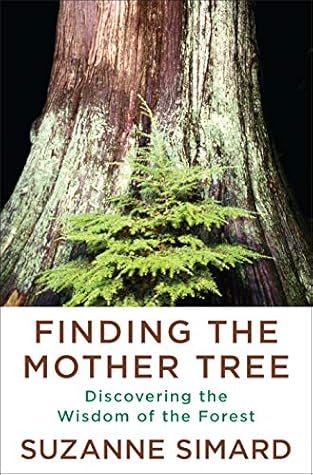More on this book
Community
Kindle Notes & Highlights
Read between
June 16 - December 2, 2021
Alan
“Shouldn’t we take a more cautious approach and wait for longer-term data?”
“These brushing treatments to meet free to grow appear to be putting our plantations at risk of high early mortality losses and lower long-term growth.
The more cautious approach would be to let these plantations grow up with the native plant communities intact while we focus on other weaknesses in the silviculture plan, such as when to plant, what to plant, and how to prepare the sites.”
What would Grannie Winnie do?
True enough that 20 percent more seedlings survived where the non-cash-crop shrubs were weeded than where they were left untouched—but only for the short term.
These minimal, temporary yields were enough to satisfy the policymakers.
I also suspect the plants are protecting the trees against blights and severe weather.
pinegrass and paper birch?”
spraying it or scraping it away with an excavator shovel increases pine seedling survival and growth only by about 20 percent.
birch?”
my results for the plant communities containing paper birch.
Joe
the more birch removed, the more firs die from root disease,”
“Cutting and girdling stresses the birch and makes them vulnerable to root infections.
I’m worried that we’re trading increased early growth for lower survival in the long run.”
I should be cautious.
They certainly weren’t going to shift policy because of my experiments.
Dave
Barb
a whiskey jack
Kelly,
Lloyd,
Are forests structured mainly by competition, or is cooperation as or even more important?
We emphasize domination and competition in the management of trees in forests. And crops in agricultural fields. And stock animals on farms. We emphasize factions instead of coalitions. In forestry, the theory of dominance is put into practice through weeding, spacing, thinning, and other methods that promote growth of the prized individuals. In agriculture, it provides the rationale for multimillion-dollar pesticide, fertilizer, and genetic programs to promote single high-yield crops instead of diverse fields.
Speaking out about the stewardship of the land felt like the chie...
This highlight has been truncated due to consecutive passage length restrictions.
Clayoquot Sound
Why was it always so much work to stay connected?
Barb
Vavenby,
Blue River,
Adams...
This highlight has been truncated due to consecutive passage length restrictions.
if the leafy native plants did collaborate with their needle-leafed neighbors, I wanted to know how.
paper birch
As the birches intercepted light for their own sugar production, did they make up for the reduced photosynthetic rate of understory Douglas firs by sharing their riches?
if birch did spread this bounty—the large amount of sugar it was able to produce in full light—maybe it was delivered to the shaded Douglas fir through a belowground pathway, mycorrhizal fungi linking the two species together.
falsebox and fireweed.
the foot-deep band of sheet metal I’d sunk the year before to contain the entwining roots of each designated triplet—one
one birch seedling I’d planted close to one fir and one cedar.
I loved maps; they led to adventure, discovery.
the sixty triplets,
a discovery in the early 1980s
transparent root boxes
with radioactive carbon.


